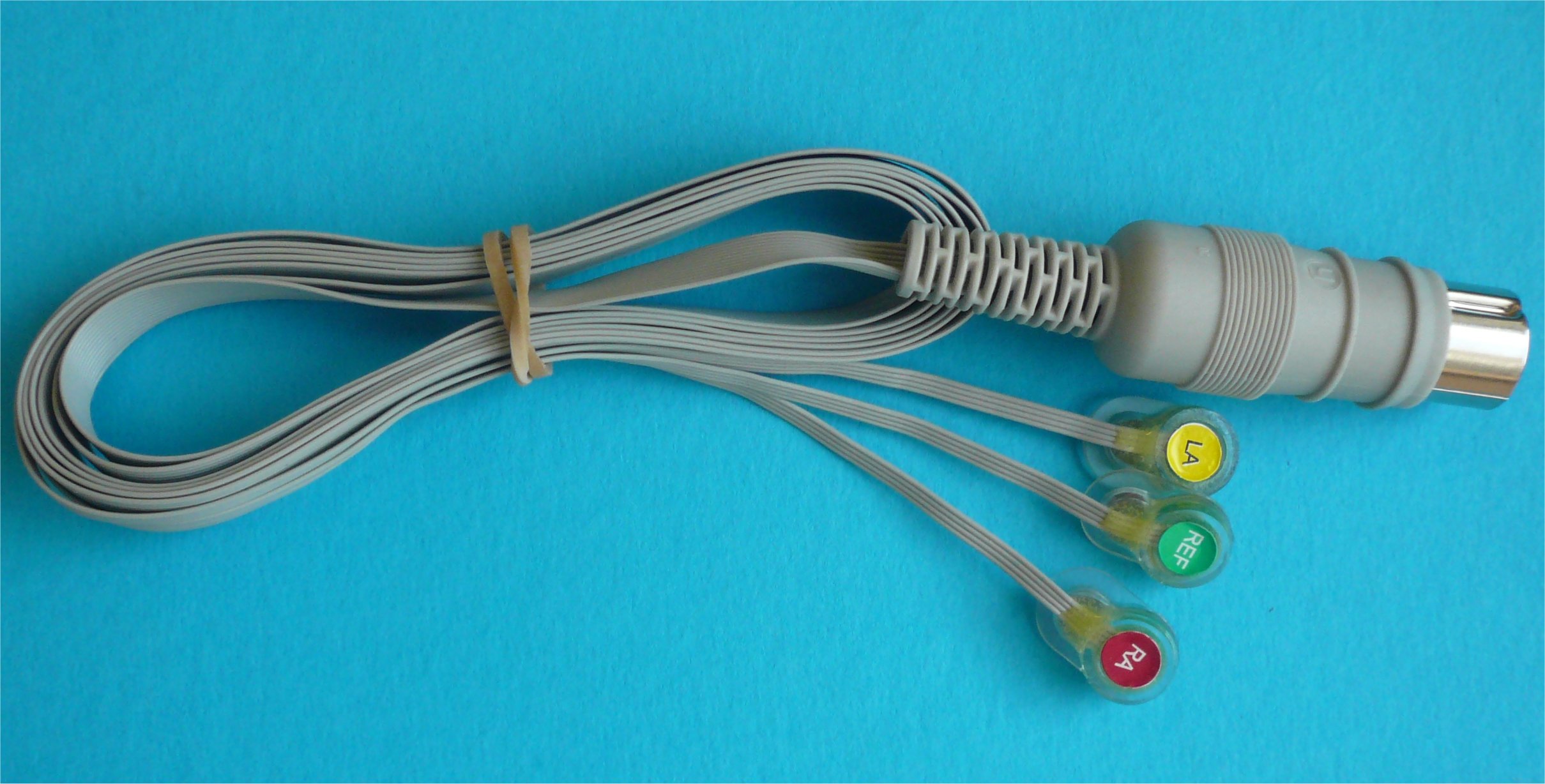
- #GALVANIC SKIN RESPONSE SENSOR MICROSOFT BAND UPDATE#
- #GALVANIC SKIN RESPONSE SENSOR MICROSOFT BAND SKIN#
- #GALVANIC SKIN RESPONSE SENSOR MICROSOFT BAND ANDROID#
- #GALVANIC SKIN RESPONSE SENSOR MICROSOFT BAND PLUS#
- #GALVANIC SKIN RESPONSE SENSOR MICROSOFT BAND WINDOWS#
I like the aesthetics of the Microsoft Band. That’s why Microsoft isn’t really calling it a smartwatch: it’s calling the Band a fitness tracker or fitness band. The Microsoft Band looks more like a Fitbit than any other smartwatch on the market today. 3) It doesn’t look like a normal watch or a smartwatch Ultimately, these sensors make the Microsoft Band the most versatile smartwatch/fitness tracker on the market today.
#GALVANIC SKIN RESPONSE SENSOR MICROSOFT BAND SKIN#
The galvanic skin response will measures your stress based on the galvanic response of your skin. The UV sensor will tell you when you’ve been out in the sun too long based on your UV exposure. No other fitness band has a UV sensor, for example, or a galvanic skin response sensor. Many fitness bands don’t even have GPS trackers – they just use your phone’s GPS.īut the real cool part of the Microsoft Band is its unique sensors. Here are all the sensors you get with the Microsoft Band:Ĭompared to other smartwatches and fitness bands, it’s not even close. Most fitness bands have heart rate sensors and step-tracking technology. The Microsoft Band has more sensors than any other smartwatch or fitness band on the market today. 4) It has a total of 11 different sensors and input features So you can talk into your wrist – but that’s the only difference.
#GALVANIC SKIN RESPONSE SENSOR MICROSOFT BAND WINDOWS#
The only difference between the Windows Phone version of Microsoft Health and other OS versions is that Windows Phone users can interact with Cortana, the voice assistant. It features an aesthetically-pleasing UI and overall, looks like a smart, sexy fitness app. You can view the iTunes listing here.Įarly screenshots from the app look really good. It’s calling the Microsoft Band app “Microsoft Health”. Microsoft has even quietly released those apps onto their respective apps stores.
#GALVANIC SKIN RESPONSE SENSOR MICROSOFT BAND UPDATE#
Windows Phones running the Windows Phone 8.1 update
#GALVANIC SKIN RESPONSE SENSOR MICROSOFT BAND ANDROID#
Android devices running Android 4.3 or 4.4 (and likely Android 5.0 when it’s released)

#GALVANIC SKIN RESPONSE SENSOR MICROSOFT BAND PLUS#
iPhone 4S, 5, 5C, 5S, 6 and 6 Plus running iOS 7.1 or later Here are the certified Microsoft Band devices:

Microsoft, in a smart move, decided to make the Microsoft Band open to all major mobile operating systems. Here’s what you need to know about Microsoft’s entry into the smartwatch world: 5) It runs on Android, iOS, and Windows Phone So it’s understandable that you missed some of the details regarding the new Microsoft Band. We went from “unconfirmed rumor” stage to “product confirmed” stage in just a few hours! Then suddenly, unexpectedly, Microsoft confirmed the Band later that night. During the day on Wednesday, October 29, rumors started to appear online about a mysterious Microsoft Band. I’d expect some sort of refresh to the Microsoft Health app, which syncs up with the band to display collected biometrics data, and is available on Windows Phone, Android, and iOS.įor all the final details on the Microsoft Band 2, we’ll have to wait until the company’s October 6 event.In the tech world, rumors usually build up for months before a product gets released. On top of these concerns, it was generally seen as being on the expensive side for what it offered, and, as we pointed out, didn’t exactly sport the most stylish or sleek design to persuade potential buyers to hand over a hard-earned $200. Cross-platform availability was an important factor in its adoption, but it was plagued by poor battery life, and some had concerns that it wasn’t waterproof enough. While the first-generation band received mixed reviews, it generally did as advertised, and earned compliments for being simple and easy to use. There’s also a GPS radio for tracking routes, and a microphone for dictating notes on the run.” Other sensors include an optical heart rate sensor, a 3-axis accelerometer/gyro, a gyrometer, an ambient light sensor, and a skin temperature sensor. A UV sensor measures sun exposure, and a galvanic skin response sensor can tell you if you’re stressed out. The original $199 band was announced in late October 2014, and positioned as a health- and productivity-focused wearable in the tradition of Fitbit.Īs we wrote at the time, it offered “10 sensors for tracking steps, heart rate, sleep, and other biometrics.

One other notable physical tweak that Microsoft appears to have made with the Band 2, known internally as “Envoy,” is a new location for the battery - now under the display instead of on the sides. The report said the device will be more widely available across more markets at launch, including European countries like Spain, France, Italy, and Germany.


 0 kommentar(er)
0 kommentar(er)
